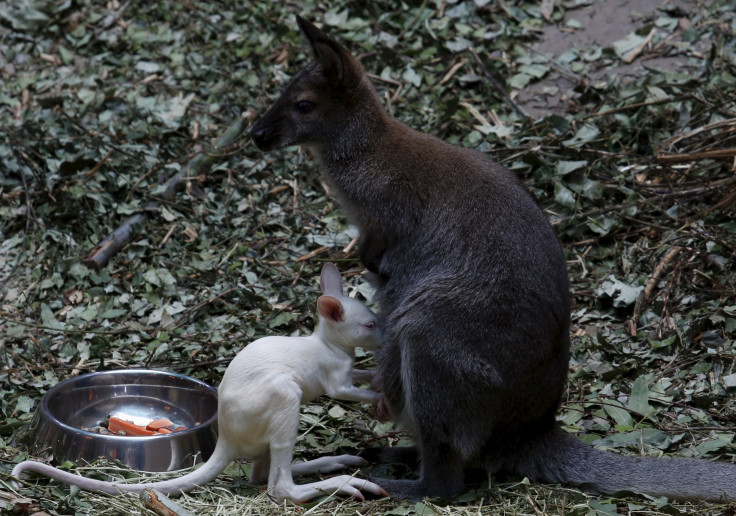Skin-To-Skin `Kangaroo’ Infant Care Tied To Better Survival

(Reuters Health) - Premature and underweight newborns may have better survival odds if they pass their days with their bare chests nestled directly against their mothers’ breasts, a research review suggests.
Researchers focused on a practice known as “kangaroo care,” which the World Health Organization has long encouraged as a way to reduce infant mortality, particularly in developing countries.
This type of infant care includes skin-to-skin contact between the newborn and mother, exclusive breastfeeding, early discharge from the health facility after delivery and close follow-up care at home.
In an analysis of 124 previously published studies, kangaroo care was associated with 36 percent lower mortality among low birth weight newborns, compared to conventional care.
“Despite the evidence of numerous benefits to infants who receive kangaroo mother care, its overall use around the world remains low, and uptake varies greatly across setting and providers,” said lead author Dr. Ellen Boundy and senior author Dr. Grace Chan, public health researchers at Harvard University in Boston, in an email to Reuters Health.
“Hopefully our study will provide a clear picture of the evidence on kangaroo mother care to help clinicians, families and policy-makers understand the benefits implementing this practice can have on newborn health,” Boundy and Chan added.
An estimated 4 million infants die each year during their first four weeks of life, the researchers note in a paper scheduled for publication in the journal Pediatrics. Infants who are born pre-term or at low birth weight face a greater risk of death, serious illness, developmental delays and chronic disease.
While scientists aren’t certain exactly how kangaroo care helps these vulnerable infants, the skin-to-skin contact between mother and baby is thought to help newborns maintain a healthy body temperature and also encourage breastfeeding, the authors said.
By the time they left the hospital, women practicing kangaroo care were 50 percent more likely to exclusively breast-feed their babies, the analysis found. By one to four months, the practice was linked to 39 percent higher odds of exclusive breastfeeding.
Kangaroo care was also associated with lower risks of sepsis, a type of serious bloodstream infection, as well as reduced odds that infants would have extremely high or low body temperatures.
In addition, the practice was linked to a lower likelihood of repeat hospitalizations.
One shortcoming of the study is that the researchers couldn’t tell whether, or to what extent, specific aspects of kangaroo care, such as skin-to-skin contact or breastfeeding, were linked to the benefits. Their analysis also couldn’t tell whether the number of hours of kangaroo care each day made a difference.
Even so, the findings add to a growing body of evidence on the benefits of kangaroo care, said Susan Ludington, a researcher at Case Western Reserve University and executive director of the U.S. Institute for Kangaroo Care in Cleveland, Ohio.
Some mothers might not do it because the find it too intimate an experience, but most may simply be unaware of this option or unable to be with newborns if babies remain hospitalized after mothers are discharged, Ludington, who wasn’t involved in the study, said by email.
Educating clinicians and women about kangaroo care, discouraging swaddling that gets in the way of skin-to-skin contact, and providing mothers with wraps designed to snuggle undressed infants against their chests might help increase the practice, she said.
“If an infant is well enough to be swaddled or dressed, he should be in kangaroo care,” Ludington added.
Kangaroo care may help human infants because, like all mammalian young, these babies develop their physiological systems in the context of the mother’s body, said Ruth Feldman, a researcher at Bar-Ilan University in Israel and Yale University in New Haven, Connecticut.
“Maternal deprivation during the critical post-birth period carries detrimental long term effects for all mammalian young,” Feldman, who wasn’t involved in the study, said by email. “Provision of the mother’s physical proximity can counter some of the adverse side effects of premature birth.”
SOURCE: http://bit.ly/1kCYrQ1 Pediatrics, released December 22, 2015.



























